Table of Contents
Simply creating branded content isn’t enough — the real power lies in how effectively that content is shared, integrated, and experienced across your brand’s digital ecosystem. Branded content goes beyond traditional ads by delivering value through storytelling, entertainment, and inspiration —all while reinforcing your brand’s identity.
This article explores practical strategies to help your branded content reach its full potential. From repurposing social media posts on high-traffic website pages to blending brand-created media with authentic user-generated content, we’ll show you how to turn static campaigns into dynamic, cross-channel experiences.
You’ll also discover tools and examples from leading brands that are redefining what branded content can do —not just for awareness, but for driving engagement, trust, and conversions.
Branded content is a type of content marketing in which a brand generates content in different formats (videos, articles, podcasts, or social media posts). It is designed to entertain, inform, or engage the audience while subtly promoting the brand itself.
The key to successful branded content generation is that it focuses more on storytelling or providing value to the audience rather than directly advertising a product or service.
Branded-generated content and user-generated content are both part of the brand’s content marketing strategies. Still, the key difference is that UGC is created by customers, while branded content is produced by the brand itself.
UGC often appears more authentic and trustworthy due to its organic nature, while branded content offers greater control and brand consistency. Both have unique benefits and can be used effectively in different marketing contexts.
It takes a lot of time to brainstorm, create and share your brand content on social media. That’s why it’s crucial that your team works to extend the lifespan of a content type that is usually so ephemeral.
Strategically sharing and repurposing your social media-branded content on other channels can significantly boost its impact. To truly captivate your visitors and showcase authentic, inspiring content, start with these key locations:
Let’s explore each one of the locations in detail:
Your homepage is the digital front door to your brand. It is the ideal spot to highlight and feature your brand’s Instagram feed, TikTok videos, or a curated hashtag gallery to instantly grab attention and bring your social presence to life.
Swedish jewellery brand Schalins exemplifies this approach by incorporating branded content on their homepage to bring the pieces to life.
Aligning itself with modern luxury and jewellery brands prioritising digital storytelling, Schalins uses editorial-style photography and short videos to illustrate how rings, necklaces, and other items can be styled in real-life moments—from engagements to casual everyday looks.
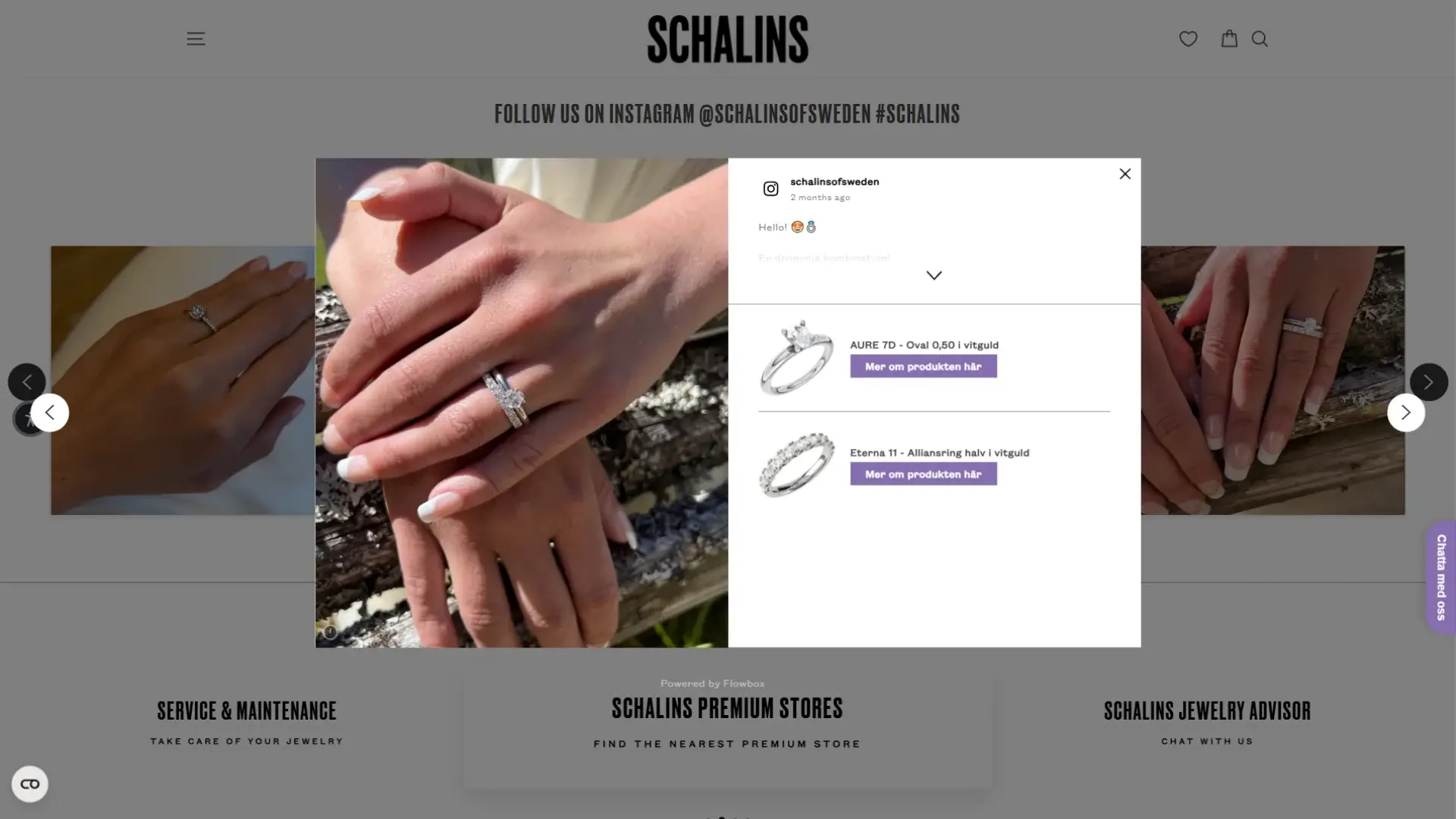
This content isn’t just decorative—it’s functional. Many of these visuals are interactive and directly linked to product pages, allowing users to seamlessly “shop the look.” The result is a smooth and stylish blend of storytelling and sales, reinforcing Schalins’ position within the digital luxury landscape.
Integrating your own brand content directly into your product pages creates a seamless shopping experience. By offering real-life social proof right where buying decisions happen, you build trust and help drive conversions.
You can showcase customer photos, branded influencer videos, or embedded Instagram posts that highlight your product in action.
Another great approach is to build a community section. A space where you highlight all your social content, customer stories, and brand moments in one inspiring hub and inspire visitors by showcasing your products in real-life scenarios. By organising content by category with tags, customers can easily filter and find what they’re looking for while discovering content that sparks new ideas.
French outdoor furniture brand Hespéride uses branded content to tell a visual story of relaxation, elegance, and aspirational living. High-quality brand images are featured on their community page, depicting their collections in sun-drenched patios, lush gardens, and serene outdoor spaces.
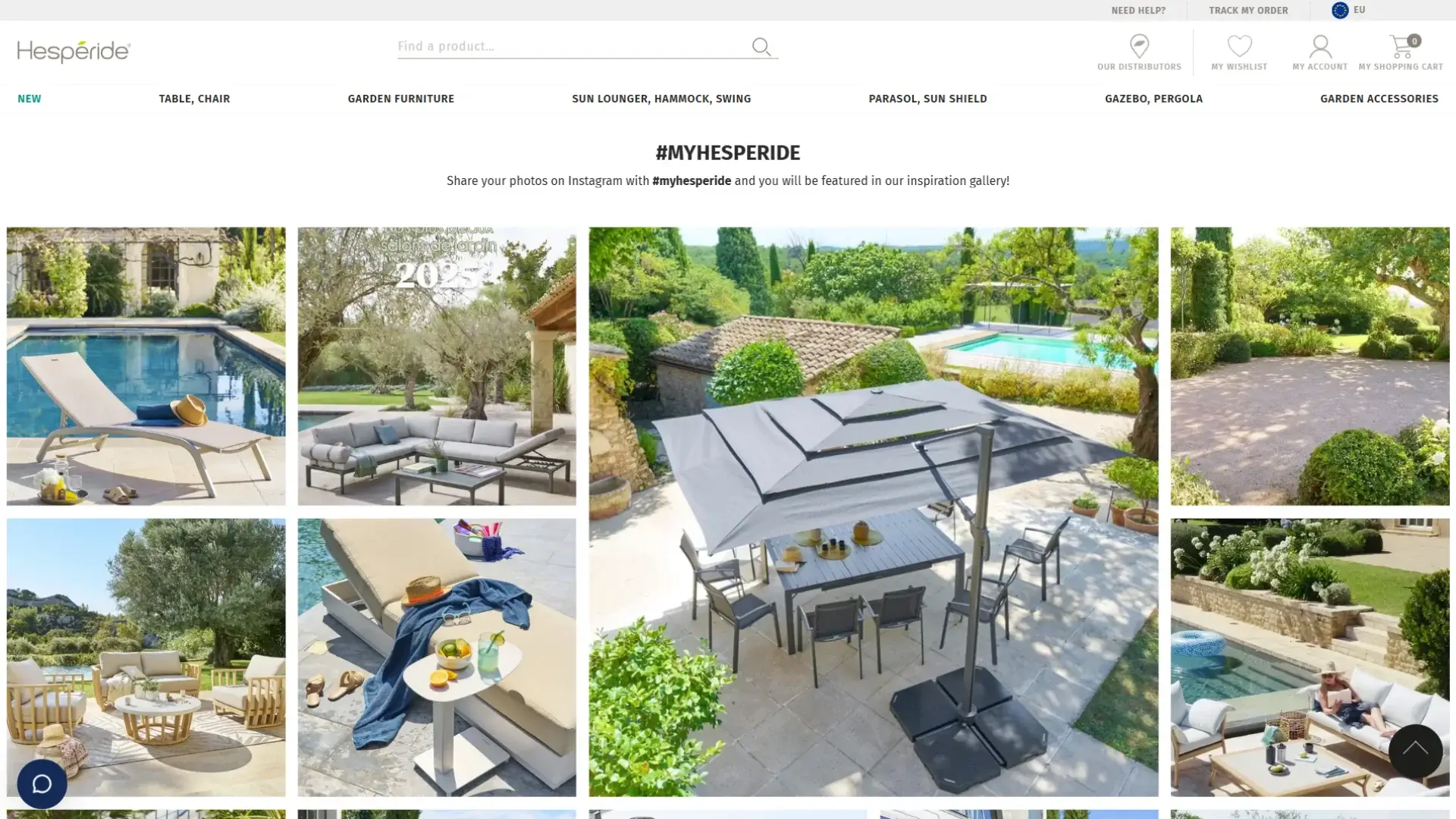
These aren’t just product shots—they’re lifestyle moments. This curated content helps customers imagine how the furniture might fit into their own homes, while also reinforcing the brand’s identity as a purveyor of sophisticated outdoor living. Discover why leading furniture brands trust Flowbox.
As you guide your audience through inspirational stories or product how-to, weaving in branded content adds powerful visual support and makes your message more relatable. It brings your blog posts to life and helps readers connect with your brand through real experiences.
Email marketing is a powerful way to connect with your audience and drive engagement beyond your website. By integrating brand-generated content into your emails, you can add inspiration and build trust at every stage of the customer journey.
Incorporating authentic content into your email strategy helps humanise your brand and gives your messages a personal, relatable touch.
Integrating social media-branded content into your website offers numerous advantages that extend far beyond mere convenience:
Read this article on how to integrate social media into your website and discover its benefits.
Let’s take a look at the following examples showcasing how leading brands utilise branded content and the successful interactive experiences they create:
The Dutch cosmetics brand Shellac4U integrates branded content directly into its website to create an immersive shopping experience—a strategy increasingly adopted by innovative beauty and cosmetics brands.
Instead of relying solely on product listings, the brand curates a shoppable inspiration gallery, featuring professional visuals demonstrating how nail polish colours look in real life.
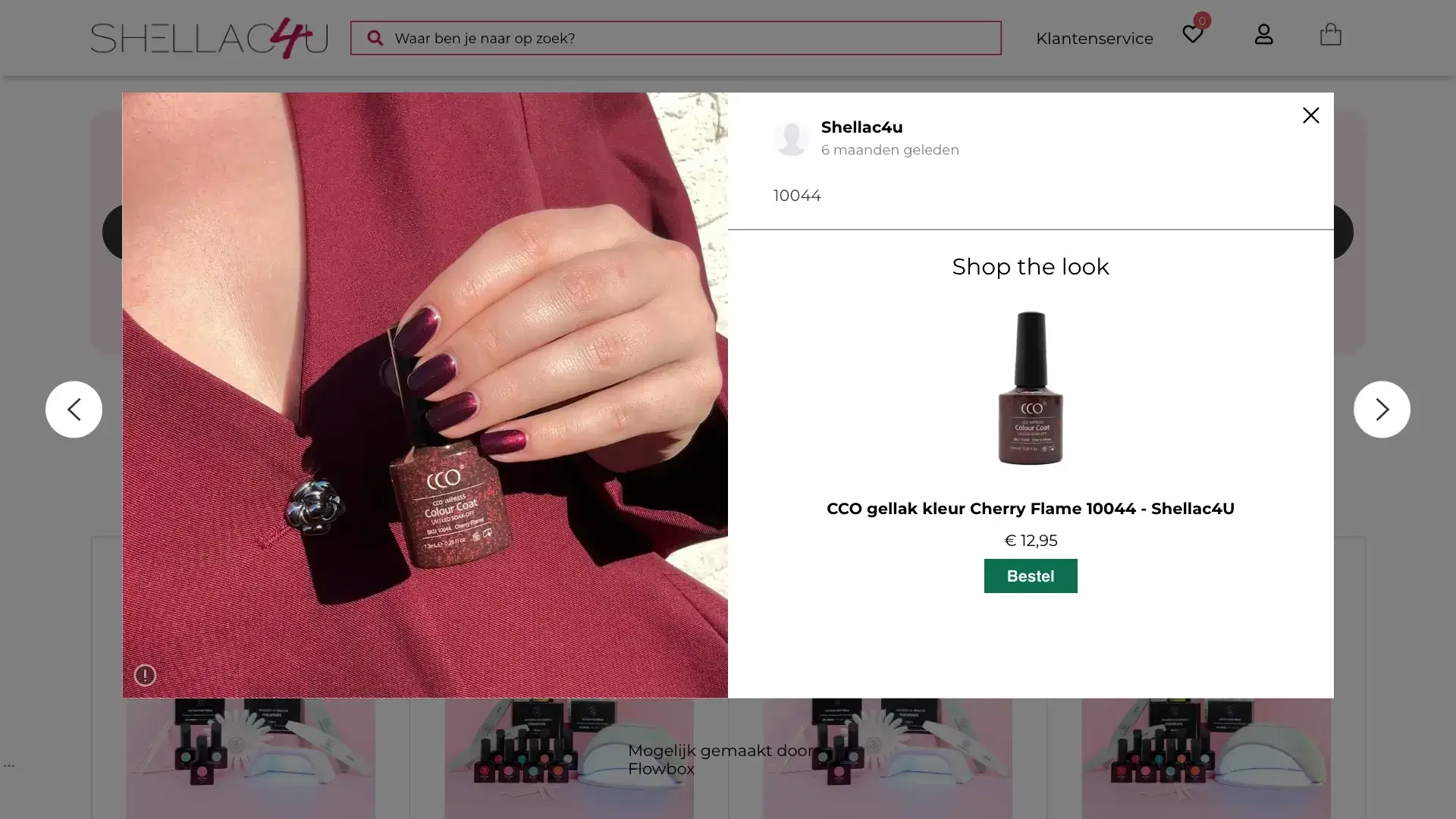
Each piece of content includes clear call-to-action buttons that link directly to product pages, effectively turning storytelling into conversion. This approach transforms inspiration into action while maintaining full control over the brand’s aesthetic and messaging.
Eyewear Spanish retailer Opticalia showcases a combination of professionally produced branded content to highlight how glasses and sunglasses enhance real moments—from professional settings and weekend getaways to street style looks and seasonal trends.
This content is more than just visually appealing—it serves a practical purpose. Interactive elements guide users from inspiration to purchase, allowing them to explore frame details, face shape guides, and product links directly within the storytelling experience. The result is a fluid, fashion-first journey that makes shopping for eyewear both intuitive and aspirational.
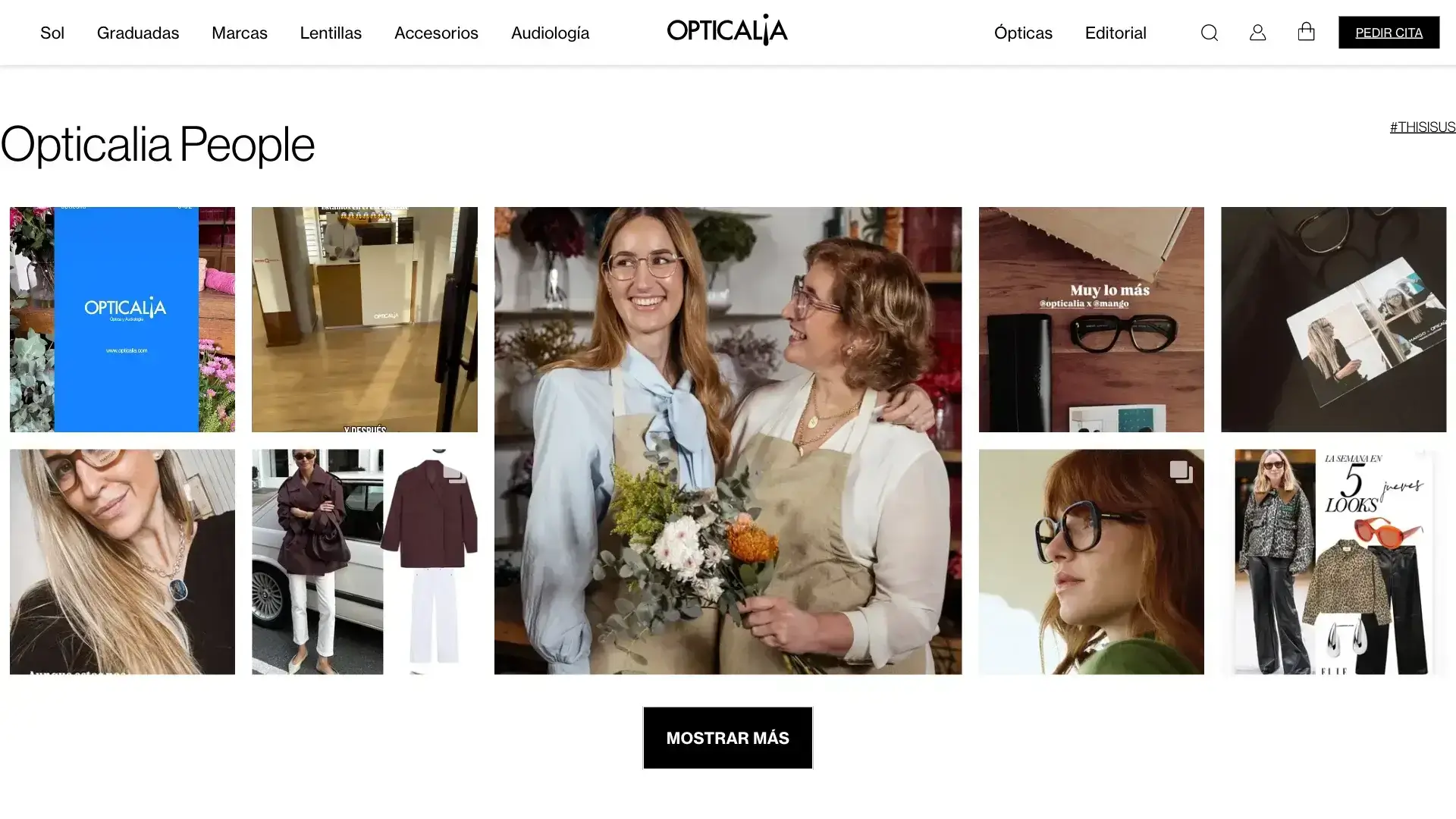
This strategy not only reinforces brand consistency but also builds authenticity and trust by showing real customers using their products in everyday life.
Grandvalira, one of the largest ski resorts in the Pyrenees, uses branded content to go far beyond promoting ski passes. Its marketing strategy includes professionally produced videos, travel features, and lifestyle photography that paint a vivid picture of what it feels like to holiday in the region.
Read this article to discover how Grandvalira Resorts uses Flowbox technology to harness their own content.
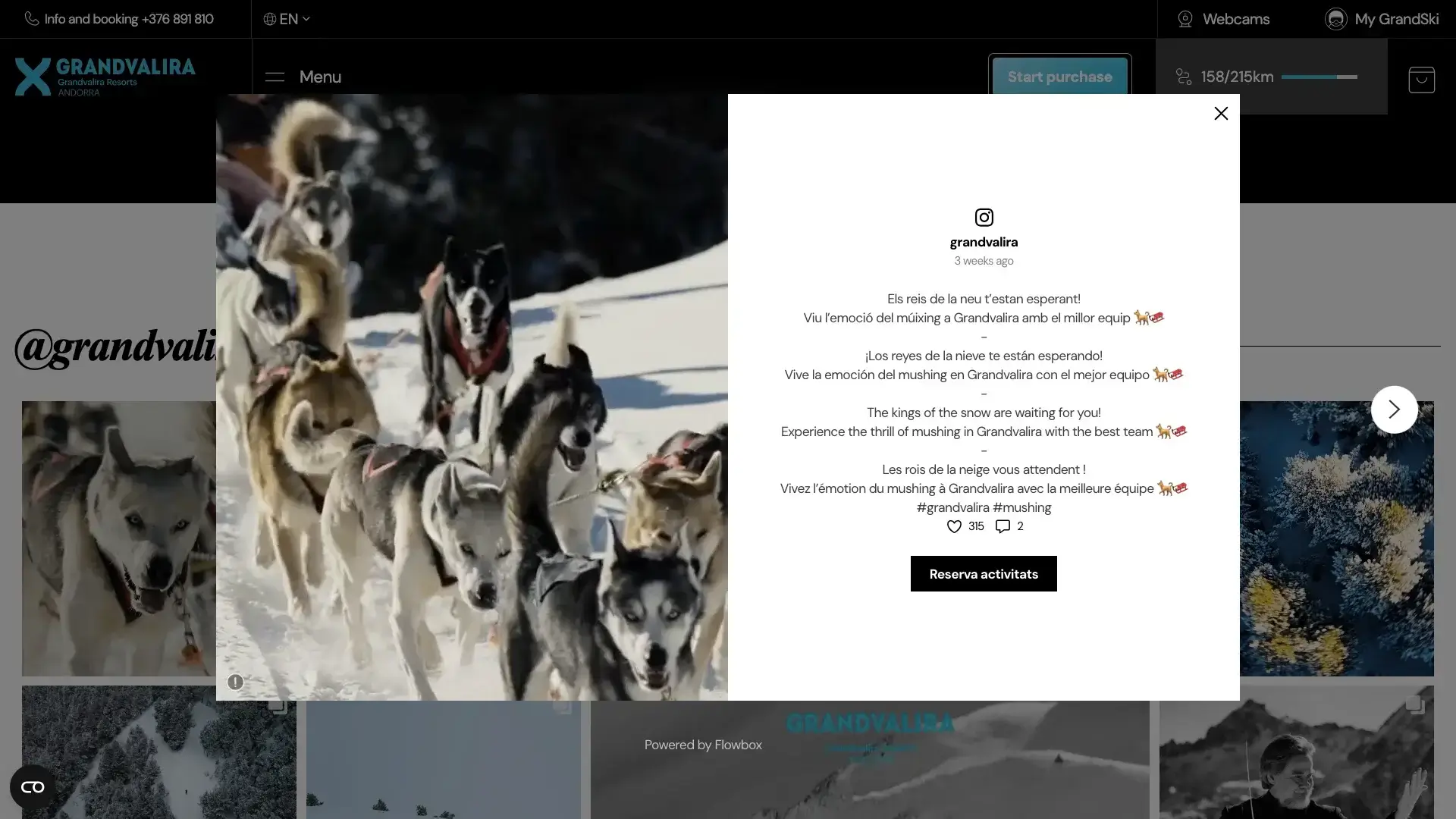
Whether it’s drone footage of snow-covered slopes, behind-the-scenes content of mountain guides, or curated seasonal guides, the content invites visitors into a lifestyle of adventure, escape, and alpine luxury.
This immersive storytelling positions Grandvalira as more than a destination—it’s a complete winter experience that exemplifies innovation within the leisure, travel and tourism industry.
Italian football giant AC Milan has evolved its media presence by creating branded content that appeals to fans far beyond the pitch—a strategy increasingly adopted by leading sports and sporting goods brands.
Through mini-documentaries, player profiles, locker room moments, and stylish editorial campaigns, the club offers fans an inside look at the culture and values behind the red and black. Content is distributed via the club’s own channels—including the official website, YouTube, and social platforms—with a focus on emotion, history, and connection.
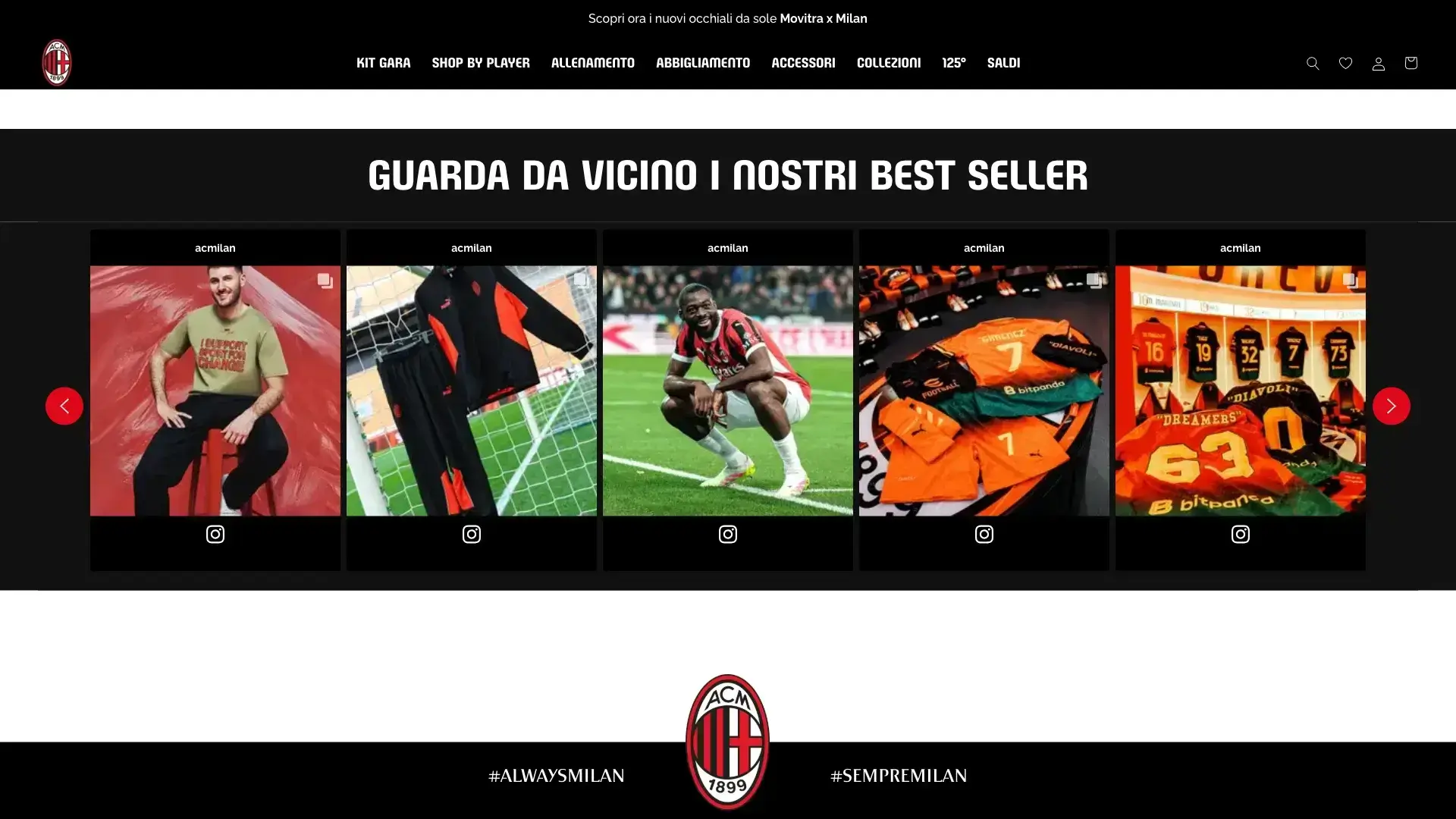
This approach allows AC Milan to deepen fan loyalty, reach international audiences, and grow its brand as a lifestyle and cultural icon, not just a sports team.
Project X Paris, a French streetwear brand, exemplifies how apparel & fashion brands are using both branded content and UGC from their community to build deeper cultural relevance. Their content strategy includes music video-style campaigns, influencer collaborations, and curated urban photo shoots that highlight how their pieces fit into modern street culture.
The brand tells stories through visuals that evoke energy, rebellion, and trend-forward identity. These assets are used across their website, social media, and retail environments to create a consistent and aspirational brand world. Instead of showing clothes on a rack, Project X Paris shows you how to live in them.
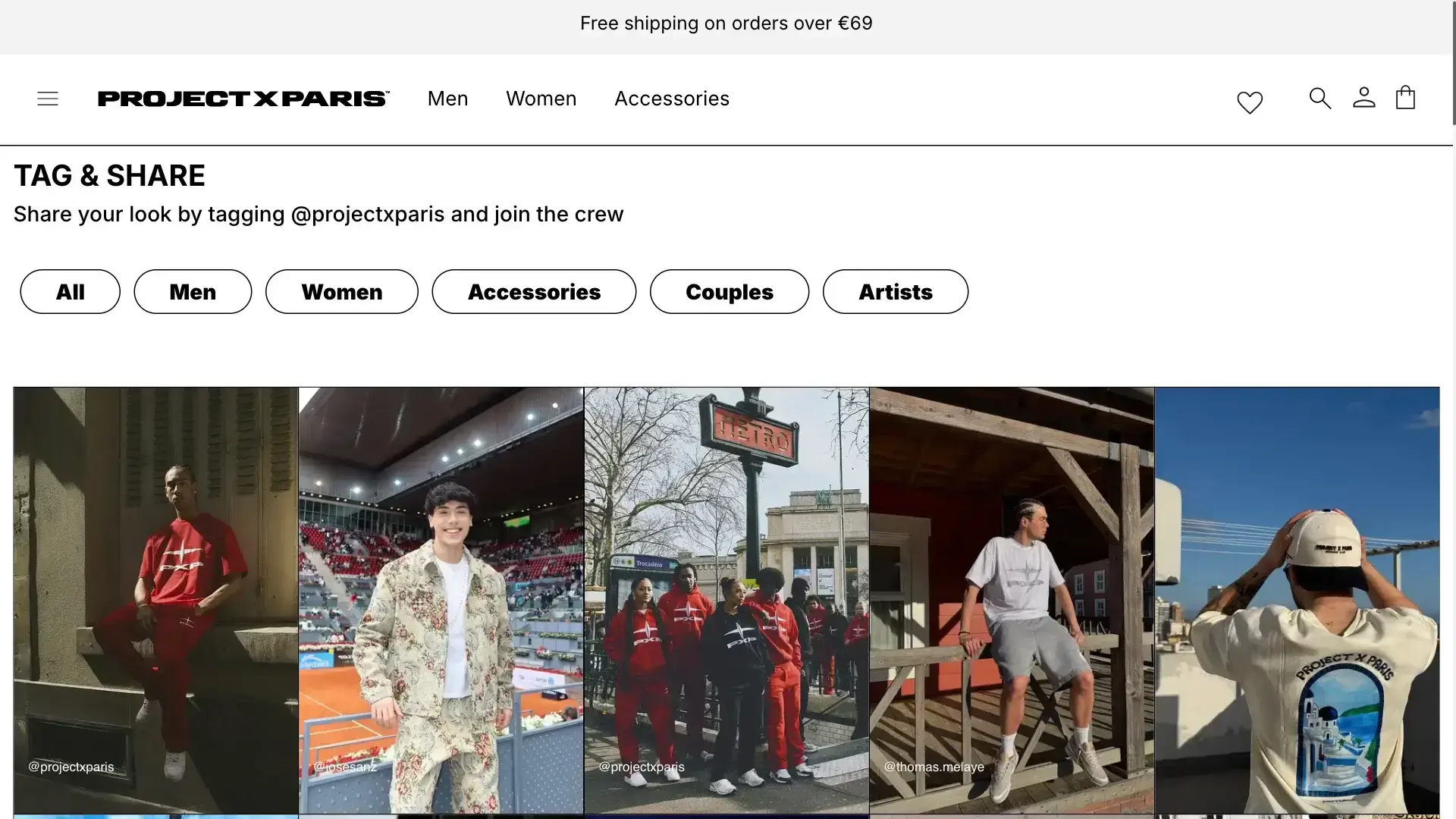
Branded content allows companies to move beyond the traditional sales pitch and create richer, more engaging brand experiences.
Whether it’s through visual storytelling, interactive shopping experiences, or blending user and brand-created media, these examples show how branded content can inspire, connect, and convert—all while staying true to a brand’s voice and vision.
Creating great branded content is only part of the equation—managing, organising, and deploying that content effectively is what turns strategy into results.
This is where content management tools come into play. While many platforms focus exclusively on handling user-generated content, some, like Flowbox, offer robust solutions tailored to both UGC and branded content.
Flowbox is a powerful Content Management Platform that allows brands to curate, manage, and distribute content across digital touchpoints, including websites, eCommerce pages, emails, and ads.
While it’s well known for sourcing and leveraging UGC from social media, Flowbox goes far beyond a UGC platform, making it an ideal solution for branded content management as well.
Here’s how Flowbox helps brands maximise their branded content:
Branded content has evolved into a cornerstone of effective digital marketing. It allows brands to tell richer stories, create emotional connections, and inspire action without relying on traditional advertising. When paired with authentic user-generated content, it becomes even more powerful, striking a balance between inspiration and trust.
From immersive shoppable galleries to lifestyle-driven storytelling, today’s most successful brands are leveraging branded content across every digital touchpoint, especially since Google started to index Instagram content. Content management platforms like Flowbox make it easier than ever to manage, distribute, and measure the impact of this content, ensuring brand consistency while maximising engagement and conversion.
By building a holistic content strategy that blends UGC with high-quality branded media, your brand can not only stand out but also resonate more deeply with your audience. In a crowded digital space, it’s not just about selling a product; it’s about sharing a story your audience wants to be part of.
Book a demo with Flowbox to discover how the platform can help you boost your brand sales.